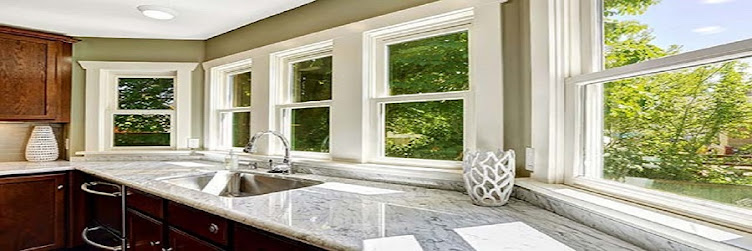These Are The 6 Most Common Window Problems You Can Encounter
As you perform routine window maintenance on your home, it is important to also be on the lookout for signs of potential problems. By catching little problems before they become big concerns, you can save yourself both time and money.
When it is time to buy a new home, knowing what to look for in terms of window health can also prove beneficial.
To set you up for success, here are 6 of the most common window problems to watch out for:
1. Window seal failure
Homes with double or triple pane windows enjoy improved energy efficiency and suffer less rapid thermal transfer than those with single pane windows.
Double and triple pane windows also have the potential to suffer from window seal failure which compromises their effectiveness and their visual appeal.
To determine if a seal has failed, check for dirt, fog, haze or condensation between the panes. When standing outside, you may also observe a slight distortion of the glass in the center of a pane whose seal has failed.
2. Rotted exterior wood trim
Wood frames are a classic and visually appealing design choice for homes. This material also requires careful inspection and routine maintenance.
Exterior wood trim is exposed to the elements and must be scraped, sanded and re-painted or stained as needed to protect the wood from moisture. If moisture is allowed to seep into the wood, it can cause rotting and structural instability.
Check wood trim for peeling paint/stain and for signs of rot.
3. Water intrusion
If the space between the window frame and the wall is not sealed properly, water may infiltrate into the wall of the house. This is a problem which is of serious concern because if the leak isn’t noticed and resolved, the water can linger in the wall.
Over time, the water can rot the wall from the inside out. Not only will the window need to be repaired or replaced, but the home’s wall itself will need to be repaired and the damage can be extensive. You may also have to deal with mold and mildew.
Water intrusion can be difficult to detect in its earlier stages. Look for staining of the interior wall, especially in the areas by the bottom of the window sill. Feel for moisture in the same area immediately after a rain storm.
4. Broken or missing hardware
Whether due to operator error or normal wear and tear, window hardware can take a beating over time and may eventually break.
If your windows have hardware like handles and locks, take the time to inspect them and be sure they are in good working order.
5. Inability to open or difficulty opening
While you are inspecting your windows’ hardware, it is a perfect time to open and close each window. Note if the window has difficulty opening or closing as this may be a sign that the hinge or hardware need maintenance.
6. Cracked panes of glass
Tree branches, errant birds and rocks flung from lawn mowers all have the potential to crack window panes. Just like cracks in the windshield of your car, the crack in your window may start small and then expand over time as it is exposed to freezing and thawing.
After thoroughly cleaning both the inside and outside of each window, inspect the windows for any signs of cracking and deal with problems right away.
Catching damage early will save you time, money and headaches. Avoiding damage altogether by following a preventive maintenance routine is even better. Simply take care of your windows and your windows will take care of you.
from
https://chicagowindowguy.com/home-tips/6-common-window-problems-to-watch-out-for/

